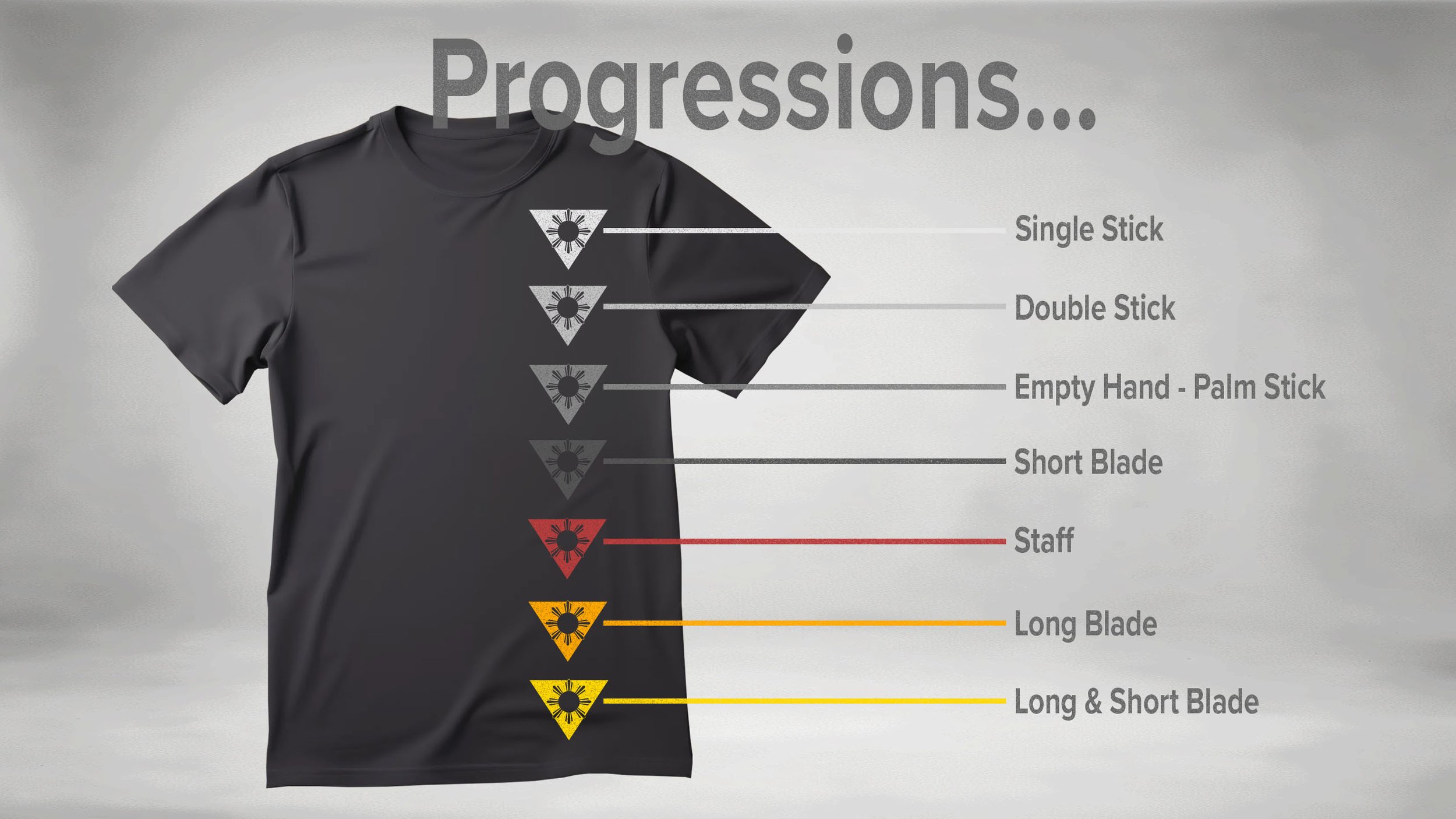TRINITY FMA
ESKRIMA • ARNIS • KALI
The Rich Tapestry of Filipino Martial Arts
Filipino martial arts, often referred to as "Arnis," "Eskrima," or "Kali," represent a captivating and diverse array of traditional fighting systems rooted in the Philippines. These martial arts have a long and storied history, deeply intertwined with the country's culture, history, and people. Lets explore the fascinating journey of Filipino martial arts through time, highlighting its evolution, significance, and enduring legacy.
Ancient Origins…
Filipino martial arts trace their roots back to ancient times when pre-colonial inhabitants of the Philippine archipelago employed combat techniques for self-defense and warfare. These systems, passed down through generations, encompassed a wide range of weapon-based skills using sticks, knives, and other indigenous weaponry. Filipino warriors, like the famous Datu Lapu-Lapu, used these techniques to repel foreign invaders, notably the Spanish conquistadors.
The 16th century marked a significant turning point for Filipino martial arts as Spanish colonization began. The Spanish influence introduced new elements to the martial arts landscape, particularly in terms of European fencing techniques and weaponry. The blending of Filipino and Spanish martial traditions gave birth to systems such as "Estocada," which incorporated Spanish rapier techniques into local martial arts.
Under Spanish rule, the practice of indigenous martial arts was often suppressed, forcing practitioners to conceal their skills. This period of secrecy and adaptation allowed these arts to survive and evolve discreetly.
The American colonial period (1898-1946) brought further changes to Filipino martial arts. While martial arts practice continued, it often adapted to accommodate new influences, including American boxing and wrestling. This era also saw the emergence of famous martial artists such as Remy Presas, who later developed modern Arnis systems like "Modern Arnis" and "Arnis de Mano."
The 20th century marked the resurgence of Filipino martial arts, driven by efforts to preserve and promote this rich heritage. Martial artists like Dan Inosanto, who trained under Bruce Lee, played a pivotal role in introducing these arts to the global stage. Through cross-training with other martial disciplines, Filipino martial arts gained recognition and popularity worldwide.
Today, Filipino martial arts are practiced not only in the Philippines but also in countries around the world. Its adaptability, focus on practicality, and effectiveness in self-defense have made it a valuable asset for martial artists, law enforcement, and military personnel worldwide.
Filipino martial arts are characterized by their emphasis on weapon-based combat, particularly using sticks, knives, and improvised weapons. These arts also incorporate empty-hand techniques, joint locks, throws, and grappling. The use of flow drills and "sparring" with padded weapons called "bastons" or "espada y daga" is a hallmark of Filipino martial arts training, promoting both precision and adaptability.
Moreover, these arts prioritize the development of attributes like coordination, timing, reflexes, and strategic thinking, making them not only effective for self-defense but also intellectually stimulating.
The history of Filipino martial arts is a captivating journey through centuries of cultural evolution and adaptation. From its ancient origins as a means of self-preservation to its modern resurgence on the global stage, these martial arts have played a vital role in the Philippines' history and continue to influence martial arts enthusiasts worldwide. The enduring legacy of Filipino martial arts serves as a testament to the resilience and adaptability of a culture deeply rooted in its traditions while embracing innovation and globalization.
Latosa Escrima Box Theory…
The box concept is the space you manage and fight in. You keep it in front of you and maintain any point of interest inside it. It can be maneuvered to any position or angle. Additionally it can be scaled and divided based on the weapons utilized…


